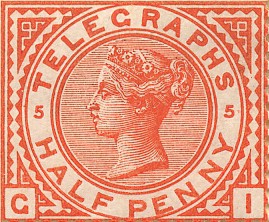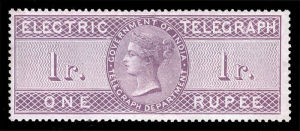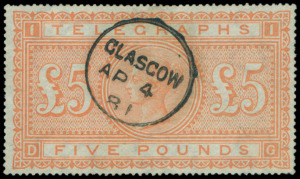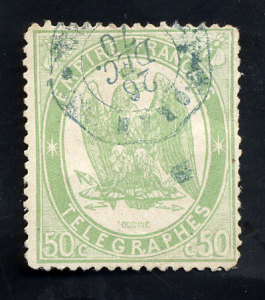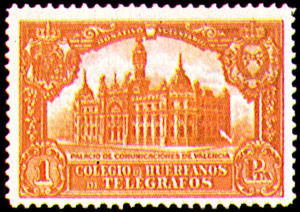Communication has gone from being first bound by the voice, that is oral communication, to being completely electronic. Before four or five thousand years ago, communication was all oral, with histories and stories passed down from generation to generation. Writing changed human development and made communication possible with people you could never meet, across wide gulfs of time and space. Until about 1835, no effective means of communication other than the spoken word and written word existed. By 1840, Samuel F.B. Morse perfected the electronic telegraph. It took many additional decades, but by the end of the nineteenth century, the electronic communications revolution had been born, and the telegraph was its first success.
Telegraph offices opened in most cities. In many countries, governments tied the telegraphic institutions to the Post Office, making the postal service a one stop communications center. This made enormous sense and also served to create a symbiotic relationship between the mails and telegraphy. Many telegraphic messages were urgent and needed to be delivered immediately. But many others could be posted from the local post office to which they had been wired for next day delivery. In the United States, the initial private development of telegraph service was never taken over by the government, and telegraph companies never had official sanction. Telegraph stamps exist in the United States and are listed by the Scott catalog, but they really are private issues that have philatelic status because of the relationship of telegraphy to the post. In many European countries, telegraph service was a government run monopoly (and the stamps were official government issues), and the stamps that were used in the delivery part of this service are listed by the Yvert catalog.
The last commercial telegraph service closed last week. For over thirty years, telegraphy was a niche service, and no new stamps had been issued for telegraph use. It has been at least fifty years since the last telegraph stamp was issued worldwide. The technology of telegraphy was superseded by the fax and then the email—all just another reminder of how quickly communications technology is changing.

